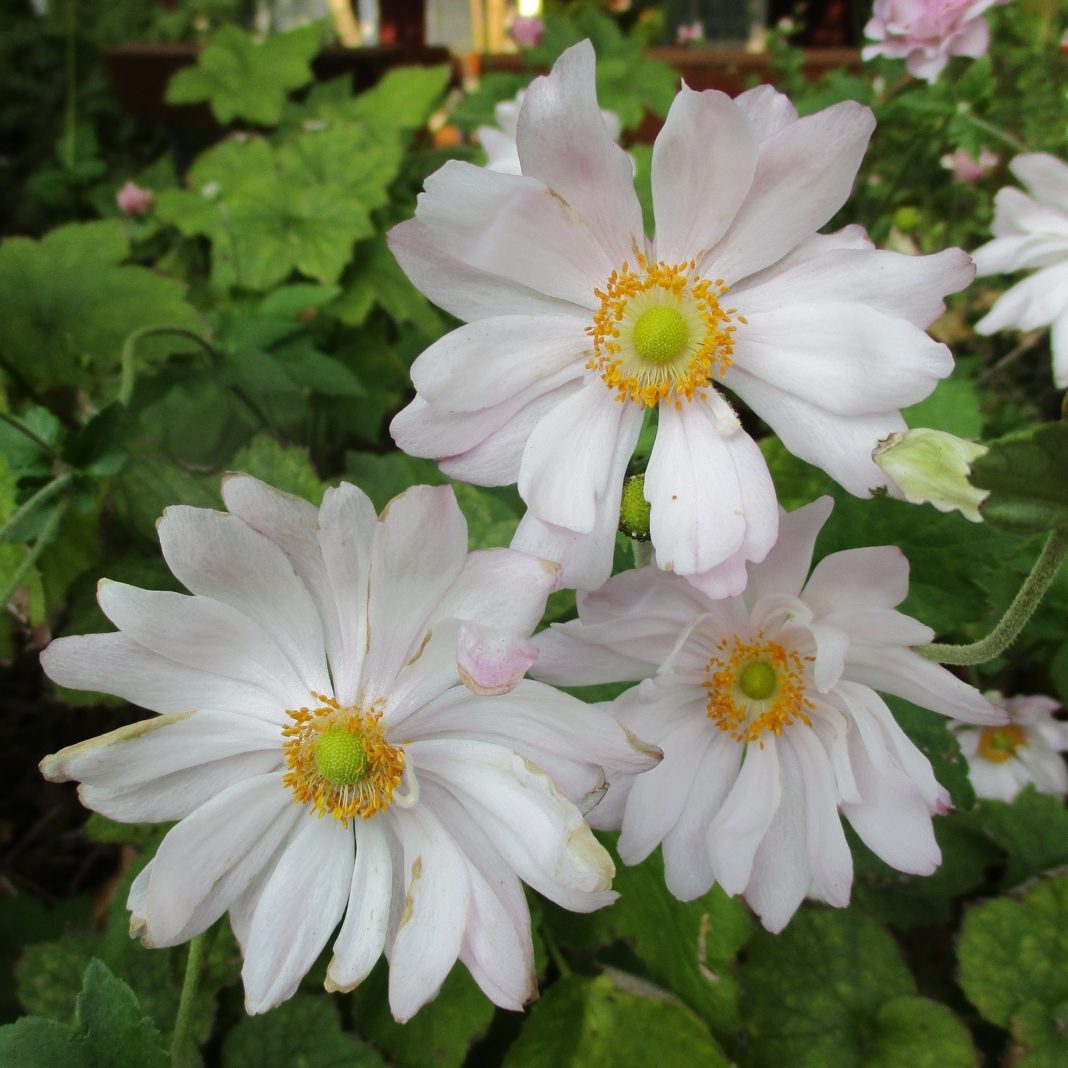UNITED STATES—Autumn is for more than planting. It is when most of the aggressive pruning gets stared. It might be the best time to work with compost and conditioning the soil. Bulbs get planted. Gutters get cleaned. Leaves get raked. Perennials get groomed. We might think of it as a time of slowing down after such a busy summer, but in many gardens, autumn is just as busy with seasonal chores.
Autumn is when many of the spring, and some of the early summer, blooming perennials get divided. That means that they get dug up, split into smaller parts, and then replanted. Because there will be more smaller plants after the process than there were bigger plants before the process, some should get planted over a larger area, in other parts of the landscape, or shared with friends.
Not all perennials need to be divided annually, and some may never need to be divided at all. Perennials that bloom in autumn or winter, such as Japanese anemone and bergenia, get divided in spring, since they will have plenty of time to recover from the process to bloom on schedule. Black-eyed Susan does not likely care if it gets crowded, but can get divided simply for propagation.
Lily-of-the-Nile should be divided if it gets too crowded to bloom well. Division allows more room for the individual shoots to grow and bloom as they should. However, because it takes a while for newly divided shoots to recover, they should only be divided every few years or so, and only if they happen to be getting crowded. African iris gets divided if overgrown plants are looking shabby.
It is not always necessary to dig entire plants. If dividing New Zealand flax just for propagation, it is easier to pry the desired number of side shoots from a mature clump, without digging the main part of the clump. Agave pups might be (very carefully) pried off of larger rosettes just to keep the main rosettes neat. Black-eyed Susan and other deciduous perennials get divided while bare.
Highlight: Japanese anemone
Here it is, three quarters of the way through November, and this Japanese anemone, Anemone hupehensis or Anemone X hybrida, is finally finishing bloom. It should have finished a month ago, but does not always stay on schedule here. Each cultivar exhibits a distinct responsiveness to the seasons, so others finished a while ago. The deciduous foliage will eventually succumb to frost.
Once they get going in a spot that they like, Japanese anemone slowly spread. Although not considered to be invasive, they can be difficult to get rid of if they creep into spots where they are not wanted. Because they bloom so late in summer and autumn, they get divided in spring. Even old colonies may never need to be divided, but can be divided if more plants are desired elsewhere.
The elegance of the foot high foliage seems contrary to its woodsy and unrefined compatibility with taller shrubbery and small trees, like rhododendrons, Japanese maples and hydrangeas. It is an excellent seasonal understory. The limber stems of the white or pale pink flowers get about twice as high as the foliage. The one and a half to two inch wide flowers are either single or double.
Japanese anemone wants rich soil, partial shade and regular watering. It can be happy in full sun exposure if it does not get too warm and dry.
Horticulturist Tony Tomeo can be contacted at tonytomeo.com.






